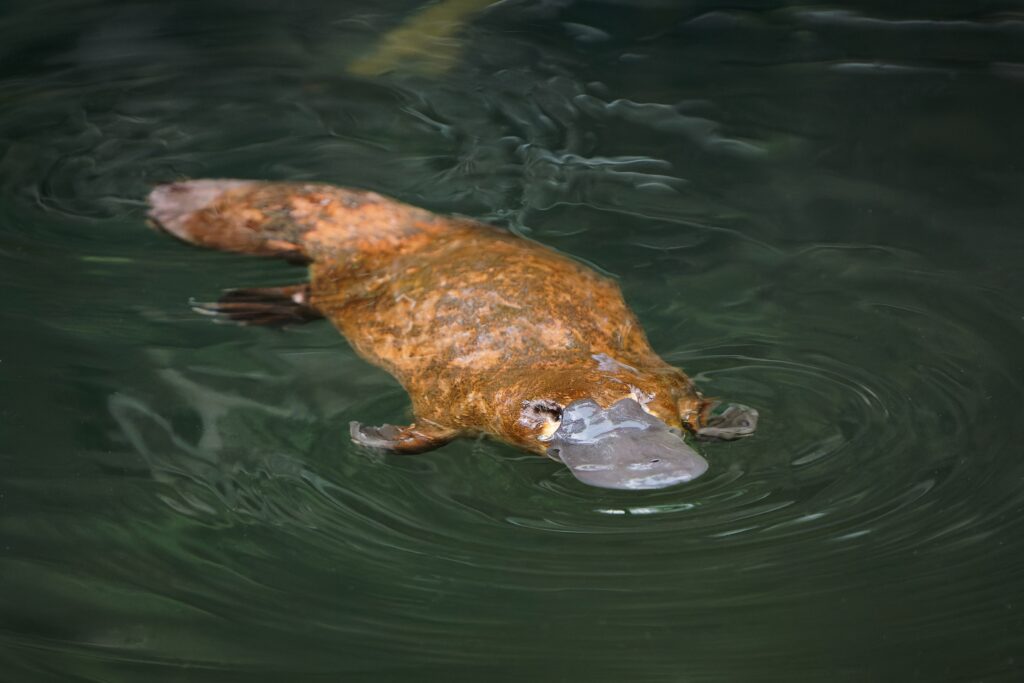1. Sharks Can Sense a Heartbeat

To most creatures, electricity is invisible. But for a few, it is almost like a sixth sense or even a serious hazard. Sharks are a perfect example, using their special electroreceptors called ampullae of Lorenzini to detect the faintest electrical signals in the water. These signals might come from the heartbeat or muscle movement of prey, even when it is buried under sand or hidden in murky water. This unique ability makes sharks powerful hunters, giving them an advantage that often keeps them one step ahead of everything else in the ocean.
2. Bees Get Confused by Power Lines

Bees are usually known for their buzzing teamwork and precise homing skills, but when exposed to electromagnetic fields near large power lines, things start to shift. Researchers have noticed that bees sometimes struggle to return to their hive after flying near these areas, as if their navigation system becomes scrambled. Since bees normally rely on sunlight and natural cues to find their way home, interference from man-made electricity disrupts the delicate balance. This confusion is a reminder of how easily human technology can unsettle small creatures, even those that seem resilient and deeply connected to nature’s rhythm.
3. Eels Weaponize Electricity

Electric eels are unlike most animals because they do not just sense electricity, they create it. These river dwellers can generate shocks of up to 600 volts, strong enough to stun prey and protect themselves from larger predators. Their bodies contain electrocytes, which act like tiny stacked batteries that release powerful charges when needed. They can even use weaker pulses to sense the environment and stronger bursts when hunting. Watching an eel hunt is like seeing living electricity in action, showing how nature has found a way to turn raw power into both weapon and survival strategy.
4. Birds Can See Magnetic Fields

Migratory birds seem to travel with perfect precision across thousands of miles, and part of their secret lies in their ability to sense Earth’s magnetic fields. This remarkable adaptation works like a built-in compass, guiding them through skies that appear empty to us. Some researchers believe the birds see faint visual patterns connected to magnetic cues, almost like a hidden map stretching across the horizon. This allows them to return to the same nesting grounds year after year. It is a gentle reminder that birds follow signals we cannot see, making their journeys all the more astonishing.
5. Elephants Hear the Hum

Elephants are famous for their size and strength, but they are also sensitive giants with surprising awareness of low vibrations. They can detect subsonic rumbles that travel through the ground, sometimes sensing storms or other elephants from miles away. Among the sounds they pick up are the faint underground hums created by electrical cables. With their large ears and sensitive feet that transmit vibrations, elephants can react to signals most animals would never notice. Their world is filled with subtle cues we cannot hear, and electricity becomes another thread in the background of their daily lives.
6. Platypuses Use Electroreception to Hunt

Platypuses might look odd with their duck-like bills and beaver tails, but their quirks run even deeper. When swimming underwater, they close their eyes, ears, and nostrils, relying only on their sense of electroreception. The muscles of insects, worms, and crustaceans give off faint electrical signals that the platypus can detect through receptors in its bill. This allows them to hunt successfully even in muddy or dark waters where vision is useless. For such a puzzling animal, electricity provides a quiet but powerful guide that keeps them fed and thriving in rivers and streams.
7. Jellyfish and Substations Do Not Mix

Jellyfish may not sense electricity directly, but their behavior often collides with human technology. Drawn to the warm water released near coastal power plants, jellyfish swarms sometimes clog cooling systems, forcing unexpected shutdowns. These soft-bodied drifters follow natural instincts, moving where currents and conditions feel right, yet end up meeting massive infrastructure in the process. It is an odd meeting between nature and industry, one that highlights how delicate our power systems can be when confronted with the simple choices of ocean life. Jellyfish remind us that even the smallest creatures can disrupt the biggest human creations.
8. Moles Dig Into Danger

Moles spend their lives tunneling underground, guided by vibrations in the soil and their natural instinct to dig. Unfortunately, this brings them into contact with things not found in nature, such as buried electrical cables. Attracted to the faint warmth or vibrations, moles sometimes gnaw through wires while burrowing, sparking outages or dangerous short circuits. For them, it is simply another obstacle beneath the earth, but for us, it is a costly and frustrating reminder of how wild instincts collide with human design. Their search for food and shelter occasionally brings surprising consequences to the surface above.
9. Rats Trigger Short Circuits

Rats are survivors, adapting to nearly every environment, but their constant need to chew often brings them face-to-face with electricity. Their sharp teeth never stop growing, so they gnaw on anything available, including plastic-coated wires. Once the insulation is stripped away, exposed wires can short circuit or spark fires, creating major hazards. To the rat, chewing is just a natural habit that keeps its teeth in check, but to humans, it causes millions in damage each year. It is a final reminder that electricity, whether sensed or destroyed, connects animals to our world in surprising ways.
Curious for more everyday wonders of nature and science? Keep reading our stories and discover how the smallest details of animal life can spark the biggest fascination.
This story 9 Animals That React to Electricity in the Weirdest Ways was first published on Daily FETCH


